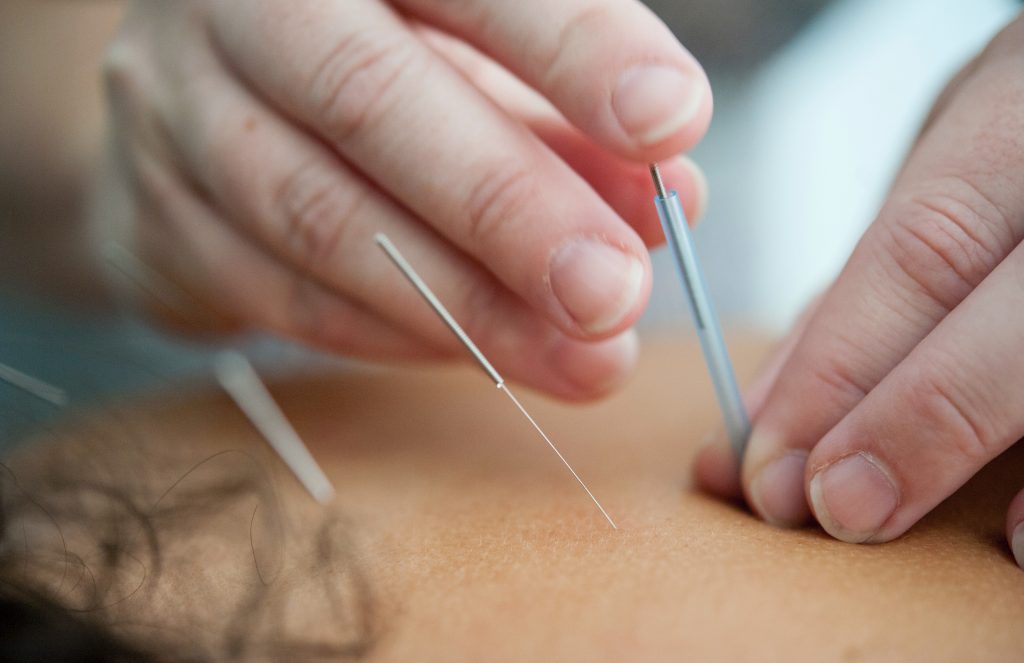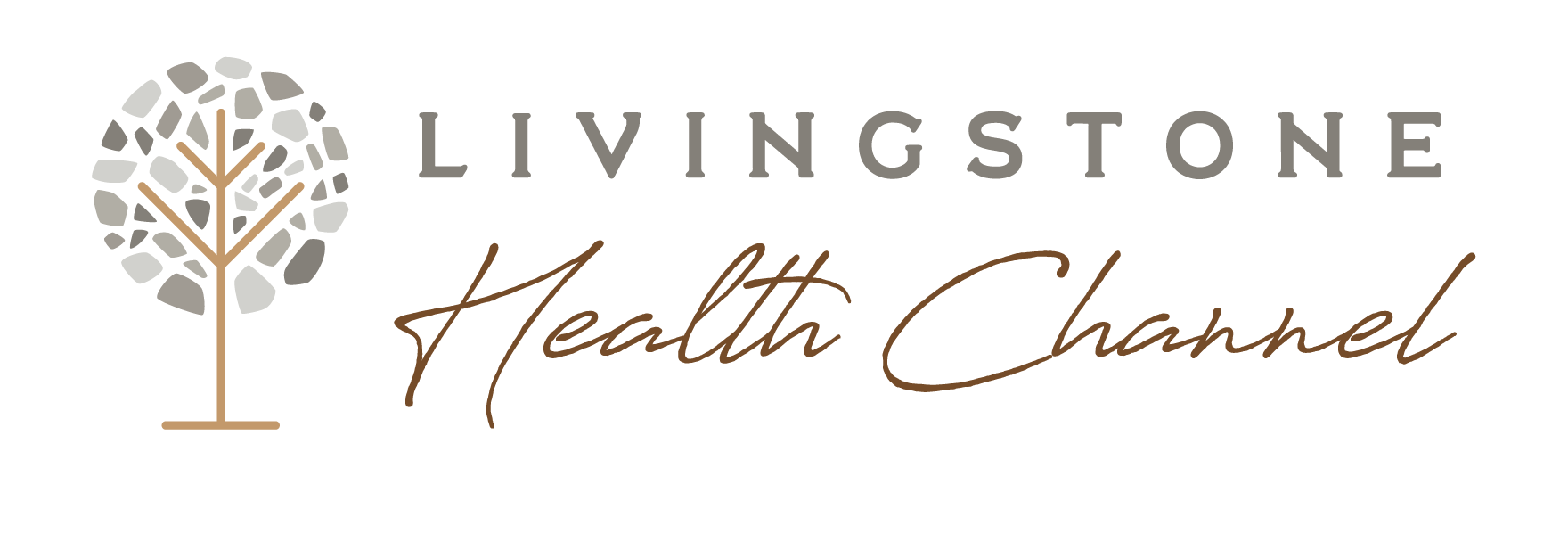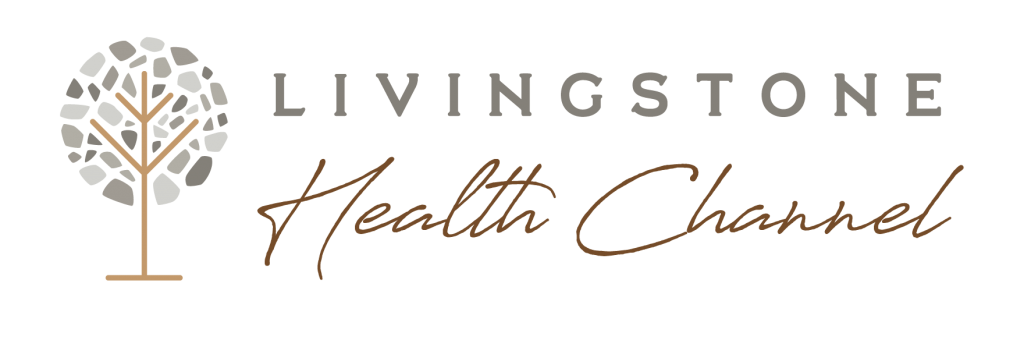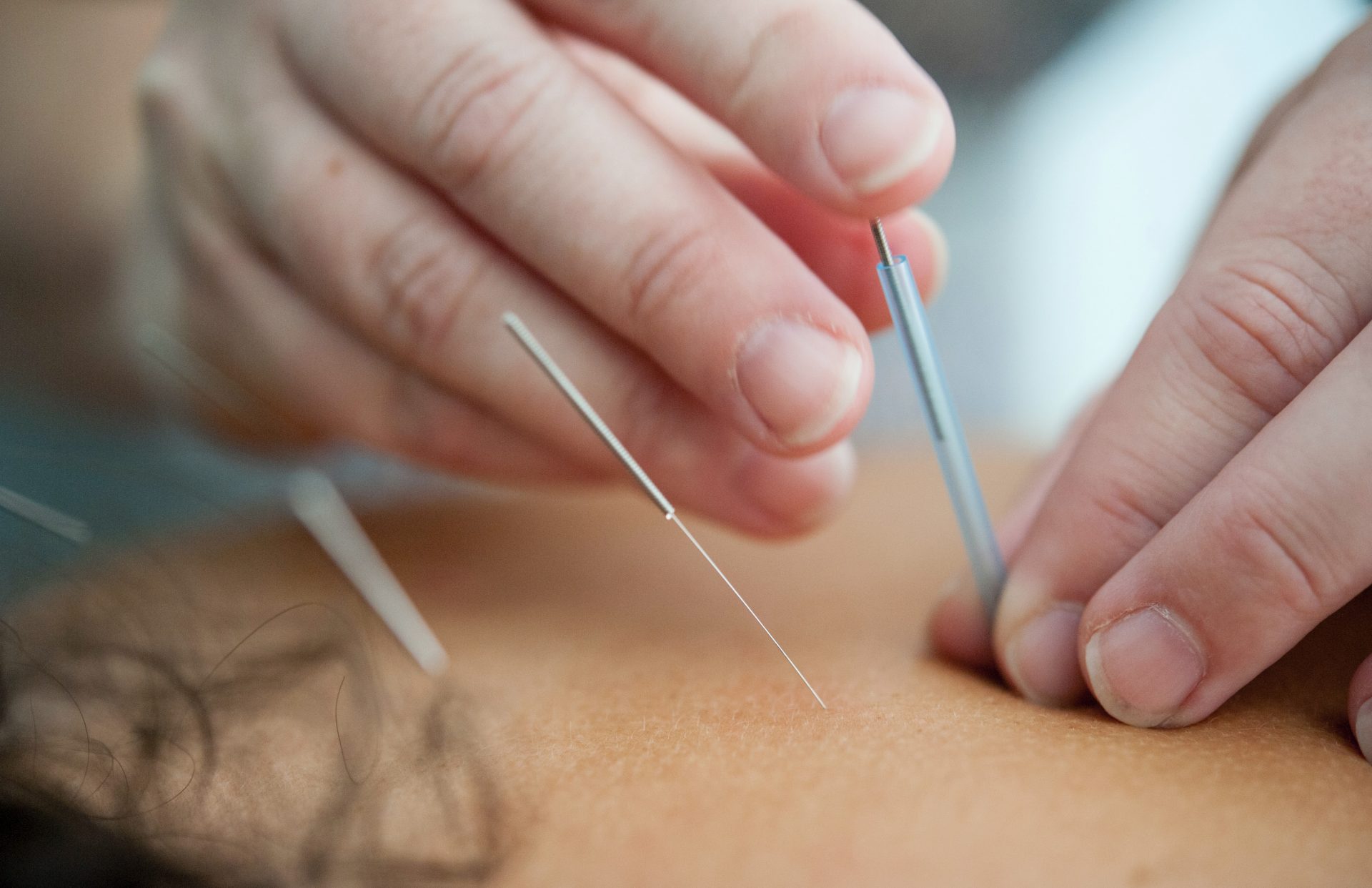
Managing Aches And Pains With Traditional And Modern Medicine

Managing Aches And Pains With Traditional And Modern Medicine
- January 6, 2022

Dr. Wilson Tay
CONSULTANT PAIN SPECIALIST AND ANAESTHESIOLOGIST
Apicare Pain Clinic
Dr. Tay is a Consultant Pain Specialist and Anaesthesiologist. He has a special interest in pain management and intervention and has extensive experience in managing and treating various chronic pain conditions such as neck/back pain, headache, abdominal/pelvic pain and cancer pain.
He is skilled in performing ultrasound-guided chronic pain interventions using high frequency sound waves, to avoid exposing patients to radiation; compared to traditional fluoroscopic techniques.
- Pain management
- Reading Time: 15 minutes
Share with others
Every one of us experiences pain at some point in our lives. Fortunately for many, the pain experienced is merely temporary while for some, the pain can last for a long time. We look at some pain management techniques in modern medicine and the integration of Traditional Chinese Medicine (TCM).
The common pain conditions that many Singaporeans face are neck pain, shoulder pain, lower back pain, as well as headaches. There may be a significant population of Singaporeans who visit the TCM clinic for therapies like acupuncture and cupping, and that is not wrong.
In fact, acupuncture and dry-needling are used as adjunct therapies in modern medicine (also more commonly known as western medicine) to manage and treat certain chronic pain conditions.
What is the difference between using acupuncture and dry needling to treat pain?
Both acupuncture and dry needling look very similar in a photograph, as both techniques use thin sterile stainless needles that are inserted into the muscles to treat pain conditions.
Acupuncture is part of TCM, which is a technique employing needles to stimulate the acupoints on the body to improve the flow of the “qi” in the meridians or to expel “heat”/relieve “qi” stagnation in the meridians to treat various health conditions. Other similar TCM techniques that have similar functions include cupping “ba-guan”.
Dry needling is a technique, often used by a physiotherapist or physician to relieve musculoskeletal pain by inserting the needles into tense muscles spots/knots called trigger points. This technique is guided by evidence-based guidelines or protocols such as the trigger point and referred pain map. Other similar techniques that address pain from trigger points include acupressure therapy and myofascial release. Sometimes, such techniques are not able to reach the deeper trigger points, and hence dry needling is preferred.
Another crucial step to managing ache and pain is posture correction and physiotherapy. Often, the neck and shoulder pain that we experience stemmed from our long hours spent sitting in front of our computers and laptops, typing away. Poor posturing and poor ergonomics are the top causes of myofascial pain in the neck and shoulder region. If left untreated for prolonged period, it can often lead to an acceleration of the degeneration of the cervical spine (spondylosis).
Correcting your posture
Most cases of neck pain have a postural component as part of the underlying problem. The role of the neck is to support the weight of the head. A good posture is considered when the ears are positioned directly above the shoulders with the chest open and the shoulders back (normal head posture). In this position, the stress on the neck is minimized because the head’s weight is naturally balanced on the cervical spine.
Many Singaporeans spend quite a lot of their time using mobile phones/tablets, often adopting a forward head posture. The neck slants forward, placing the head further in front of the shoulders rather than directly above. This increased the stress on the cervical spine.
One rule of thumb is that for every inch that the head is held forward in poor posture, an additional 4.5 kg of weight is transmitted to the cervical spine. This also overloads and strains the upper back muscles and some of the neck muscles as they need to overwork to counterbalance the pull of gravity on the forward head. This is also often accompanied by a hunched upper back with the shoulders moving forward and leads to neck stiffness and shoulder pain.
Tips to maintaining good posturing in the neck and shoulder while sitting and while working on computers include:
- Keep your elbows close to your body. They should be bent between 90 and 120 degrees
- Relax your shoulders; they should not be rounded or pulled backward
- Gently stretch your muscles every so often to help relieve muscle tension.
- Make sure that your back is fully supported. Use a back pillow or other back support if your chair does not have a backrest that can support your lower back’s curve.
- Make sure that your thighs and hips are supported. You should have a well-padded seat, and your thighs and hips should be parallel to the floor.
- Take breaks and short walks around the office or home
- Don’t cross your legs; keep your feet on the floor, with your ankles in front of your knees
- Make sure that your feet touch the floor, or if that’s not possible, use a footrest
How can physiotherapy help?
Seeing a physiotherapist can often help with the management of neck and shoulder pain. The therapist will often perform a comprehensive assessment of the posture, the status, and condition of the various muscles surrounding the neck and shoulder, and come up with a treatment plan. The treatment will aim to condition the various muscle groups in the neck, shoulder, back and limbs, to achieve balance in body posture and spine loading.
Some physiotherapists may employ the dry-needling technique as well.
In treating pain, it is most important to correctly identify the underlying cause of the pain. When all these methods fail to treat one’s persistent pain, we can use non to minimally-invasive non-surgical methods such as facet joints injection/radiofrequency treatment, nerve blocks or trigger point injections, to name a few.
Ultrasound-guided Pain Treatment
Ultrasound imaging uses high-frequency sound waves to provide direct visualization of various soft tissues of the body such as nerves, tendons, and muscles. It also enables real-time needle advancement by the pain physician to the target area and hence the precise location of the medication injected is assured, improving patient care.
Ultrasound-guided pain treatments have proven to be a safe and effective way to treat pain. Besides accuracy, the use of ultrasound to guide injection/treatment has been shown to reduce the number of attempts, procedure time, and procedure-related complications (such as injury to blood vessels, causing bleeding/hematoma) due to anatomical variation.
Some examples of ultrasound-guided chronic pain applications include:
- Cervical nerve root block and treatment
- Stellate ganglion block
- Caudal epidural injection
- Deep muscle (piriformis, obturator internus) trigger point injection
- Joint injections (Knee, shoulder, hip, elbow)
- Injection for tendonitis, tenosynovitis, bursitis
Radiofrequency (RF) Treatment
Radiofrequency treatment uses electric current produced by radio waves to reduce pain. This procedure uses heat to treat a small area of nerve tissue, thereby decreasing pain signals from that specific area supplied by the nerve.
RF can be used to help patients with chronic (long-lasting) low-back and neck pain arising from the wear and tear of the facet joints due to bone spur (spondylosis).
The degree of pain relief that RF offers varies, depending on the cause and location of the pain. More than 80% of patients treated with RF can experience pain relief that can last for many months to years.
With the rapidly evolving COVID situation in Singapore, the trend of working from home and home-based learning require the use of computers and portable devices such as tablets. The prevention of neck and shoulder pain starts from good posture and good ergonomics. For people who are suffering from aches and pain of the spine (neck and lower back), it is time to start taking charge of your health and take steps to prevent worsening of the current conditions. Seek medical advice if it is affecting your ability to perform work or it is having an impact on your quality of life. After all, prevention is better than cure.
Article contributed by Dr. Wilson Tay, Consultant Pain Specialist and Anaesthesiologist at Apicare Pain Clinic.



